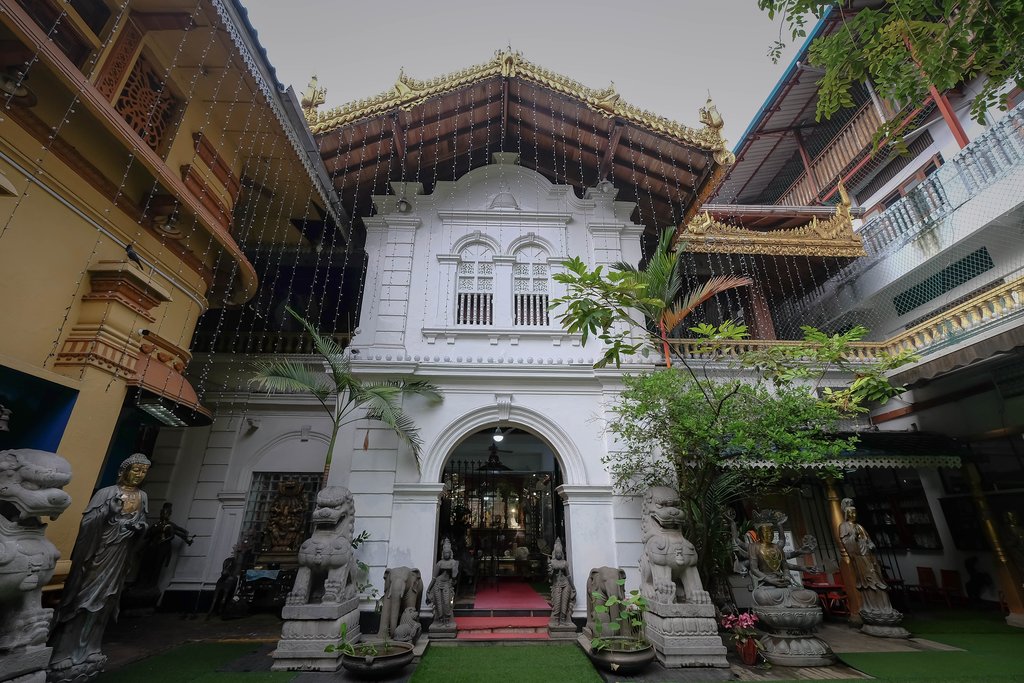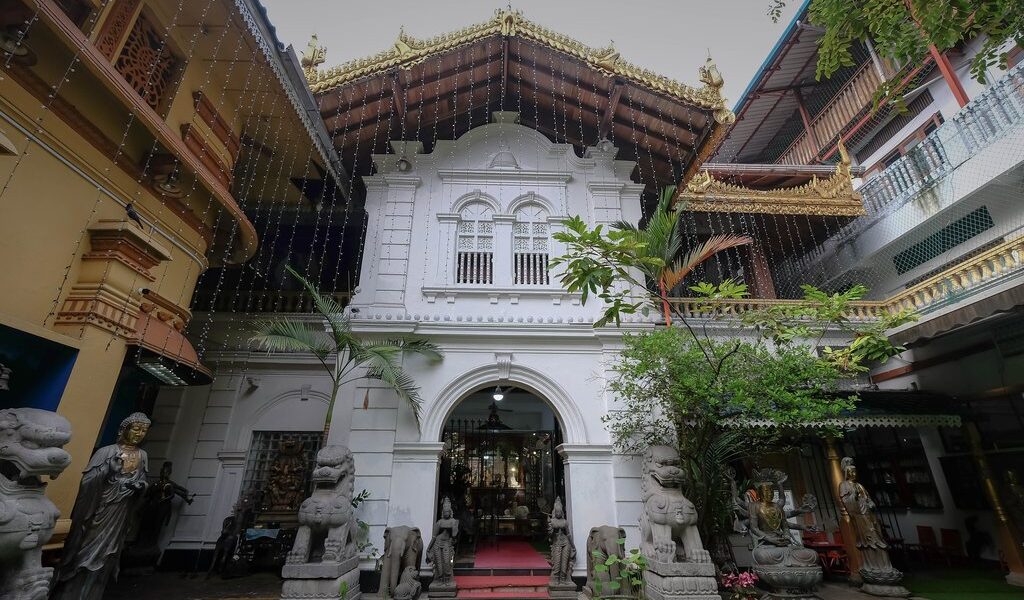
January is part of the high season in Sri Lanka, when the main tourist areas in the southwest are cool and dry. While the monsoon season is still going on in the northeast of the country, the late autumn rains in the “Cultural Triangle” will have mostly finished by now, making it a good time to visit the island’s historic sites.
Sri Lanka in January: A Comprehensive Travel Guide
## Weather in Sri Lanka During January
The climate of Sri Lanka is significantly influenced by its dual monsoon seasons, a crucial factor for travelers to consider when planning their visit. As January arrives, the Northeastern monsoon is drawing to a close. This means that the northeastern part of this beautiful island nation is likely to experience wet and sometimes stormy weather patterns. However, simultaneously, the southwestern region of Sri Lanka enjoys its dry season, offering sunny skies and pleasant conditions that last until March.
It’s important to remember that weather in Sri Lanka, like in many tropical regions, can be somewhat unpredictable. While the southwestern part of the island will be in its dry season, it’s still possible to encounter occasional showers. Conversely, even during the tail end of the monsoon in the northeast, the weather might unexpectedly clear up, presenting opportunities for exploration. Therefore, flexibility is key when planning outdoor activities.
Across most of Sri Lanka, temperatures tend to remain relatively consistent throughout the year. For instance, in January, Colombo, the bustling capital city, typically sees daytime highs reaching around 88°F, with nighttime lows hovering around a comfortable 74°F. Further inland, in Kandy, the temperatures are slightly cooler, with highs around 84°F. If you venture into the Central Highlands, specifically to Nuwara Eliya, known for its tea plantations, you’ll find considerably cooler temperatures, with daytime highs around 68°F and nighttime lows dropping to a brisk 50°F.
Trincomalee, located on Sri Lanka’s northeastern coast, exhibits slightly more noticeable temperature variations compared to other parts of the island. This coastal city experiences hotter summers and relatively cooler winters. In January, Trincomalee enjoys highs around 82°F, but you can still expect some rainfall, a reminder of the tail end of the monsoon season.
The Cultural Triangle region, which encompasses historical sites such as Anuradhapura, Sigiriya, and Polonnaruwa, also experiences a degree of temperature variation between the summer and winter months. This region is situated within what is known as the “dry zone” of Sri Lanka, characterized by its limited rainfall. Typically, the Cultural Triangle receives rain only during November and December. By the time January arrives, the weather in the Cultural Triangle is generally very pleasant, offering ideal conditions for exploring the ancient ruins and historical landmarks.
## Tourist Activity and Associated Costs
January is a popular time to visit Sri Lanka, largely due to the favorable beach weather in the southern and western parts of the island. This period attracts a significant influx of tourists. While winter vacations in the Northern Hemisphere will be drawing to a close by mid-January, visitors from countries in the Southern Hemisphere are still enjoying their summer break, contributing to the high demand for accommodations and tourist services.
Given the increased tourist activity during January, it is highly recommended to book accommodations and tours well in advance, particularly in popular beach areas and tourist hotspots. Failing to do so could result in limited options or higher prices. Planning ahead will ensure a smoother and more enjoyable travel experience.
## Destination Recommendations for January
January is an excellent time to take full advantage of the favorable weather in the southern half of Sri Lanka. This allows for an extensive exploration of the island’s captivating beaches and a deep dive into its rich cultural heritage.
A well-planned circuit around southwestern Sri Lanka could start in Colombo, the location of the country’s largest international airport, making it a convenient point of entry and exit. From Colombo, you can travel southwards to discover the charm of Galle, a historic city with a magnificent Dutch fort, and indulge in the beauty of some of the island’s most well-developed and stunning beaches. After exploring the coastline, consider heading north towards the Central Highlands, visiting Kandy, the last royal capital of Sri Lanka, and the historically significant Cultural Triangle.
## Activities and Experiences
January marks the beginning of the climbing season for Adam’s Peak, also revered as Sri Pada. For those who enjoy hiking and adventure, this is an ideal time to ascend this iconic mountain. Adam’s Peak is a highly significant pilgrimage site for Buddhists, and during the pilgrimage season, which runs from December to April, large numbers of devotees climb the mountain overnight to witness the revered footprint of Lord Buddha at the summit.
January is also a fantastic time to delve into the vibrant city of Colombo. The city is home to a variety of intriguing temples and boasts an impressive selection of restaurants, bars, and cafés. Make sure to savor some of the classic Sri Lankan culinary delights, such as hoppers, bowl-shaped pancakes, and kottu roti, a stir-fried dish made with shredded roti, vegetables, and meat. Many consider the capital to be the best place to experience authentic Sri Lankan food.
Within the Cultural Triangle, visitors can explore the awe-inspiring ruins at Anuradhapura and Polonnaruwa, both ancient cities that offer a glimpse into Sri Lanka’s rich history. The rock fortress of Sigiriya, a UNESCO World Heritage Site, is a must-see, and the cave temples of Dambulla showcase stunning murals and statues, providing a fascinating insight into the island’s ancient heritage.
## Cultural Events and Festivals in January
Sri Lanka is a country that celebrates numerous festivals and holidays throughout the year, and January is no exception.
The full moon of each month in Sri Lanka is recognized as a Poya day. On these days, devout Buddhists traditionally visit temples, and many shops and businesses often close in observance. January’s Poya is known as Duruthu Poya, a significant day that commemorates the first of Lord Buddha’s three visits to Sri Lanka.
Thai Pongal, a Hindu festival, also takes place in January. This harvest festival is celebrated primarily by Sri Lanka’s Tamil community. It is a celebration dedicated to the Sun God and is marked by the preparation and consumption of a special sweetened rice dish called *pongal*.
Another notable event during this month is the Galle Literary Festival. This festival attracts both Sri Lankan and international authors and provides an opportunity for visitors to engage with their works. The festival features a diverse range of events, including writing workshops, engaging debates, and informative panel discussions.
## Recommended Itineraries
Embark on a captivating journey through Sri Lanka with the “Highlights of Sri Lanka – 12 Days” itinerary. This itinerary takes visitors through some of the highlights of southwestern Sri Lanka, including the Cultural Triangle, Kandy, Nuwara Eliya, and Galle.
Experience authentic encounters and adventures in nature with the “Authentic Encounters & Adventures in Sri Lanka – 14 Days” itinerary. On this exciting tour, visitors will explore Negombo, Sigiriya, Kandy, Ella, and more. The itinerary includes hiking, nature, beaches, and urban sightseeing.
B-2522

